ARS ELECTRONICA ARCHIVE - ART & SCIENCE
Das "European Digital Art and Science Network" basiert auf einem großen vielseitigen Netzwerk. Teil dieses Netzwerkes waren wissenschaftliche Forschungsinstitutionen (CERN, ESA, ESO, Fraunhofer MELVIS), das Ars Electronica Futurelab sowie die Projektpartner Center for the promotion of science (RS), DIG Gallery (SK), Zaragoza City of Knowledge Foundation (ES), Kapelica Gallery / Kersnikova (SI), GV Art (UK), Laboral (ES) und Science Gallery (IE). Von der EU gefördert lief das Projekt von 2014 – 2017.
Das Online Archiv der Ars Electronica bietet einen Überblick über die einzelnen Aktivitäten des Netzwerks und liefert zudem Informationen zum Netzwerk an sich, zu den Residency Künstlern und zu den beteiligten Projektpartnern und der Jury.
MONSTERS OF THE MACHINE exhibiton at LABoral
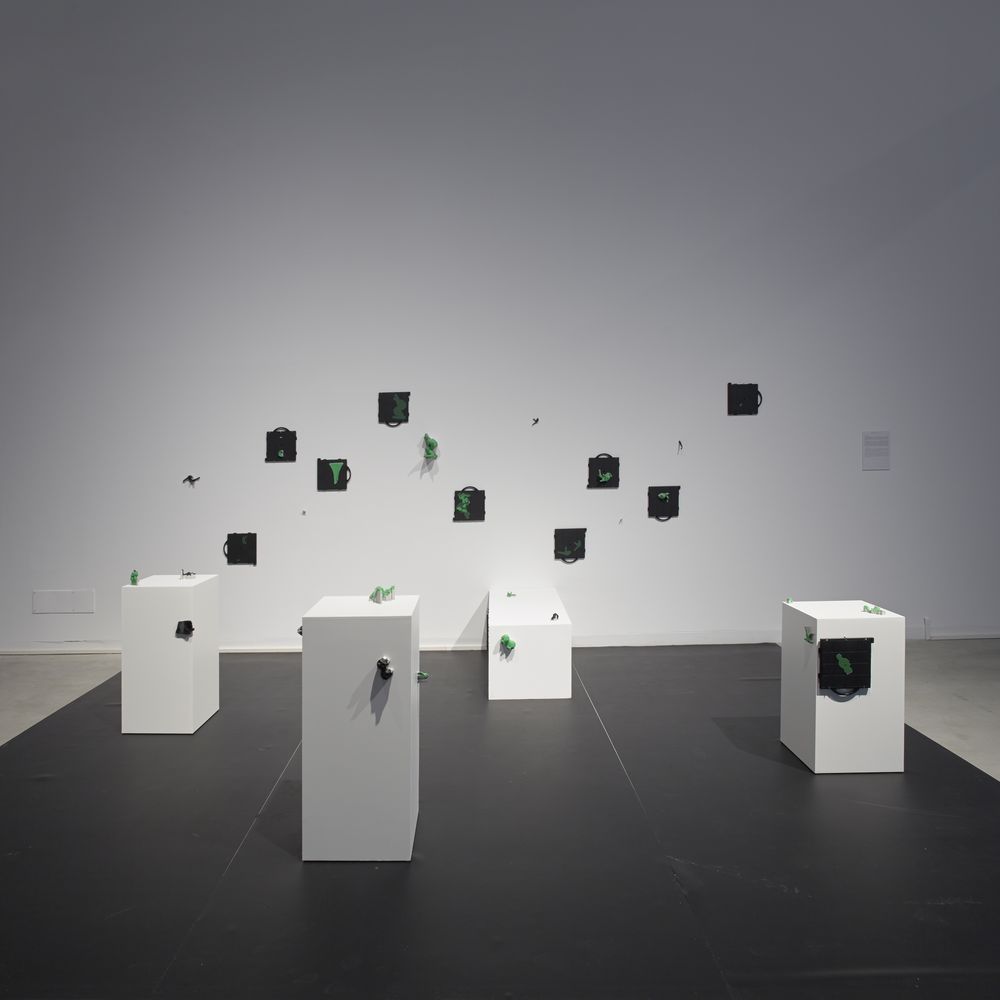
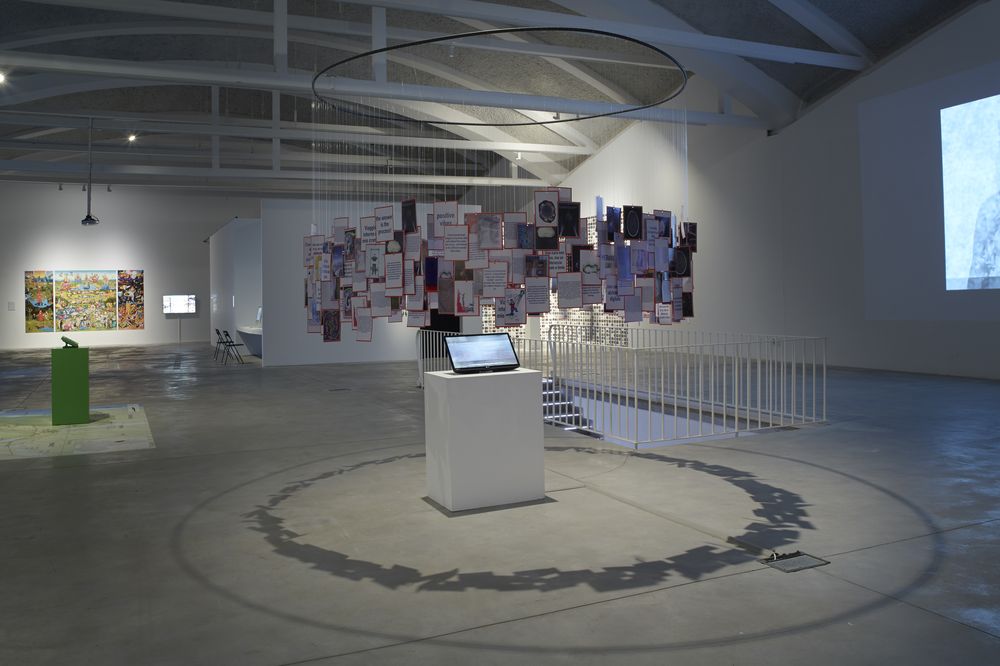
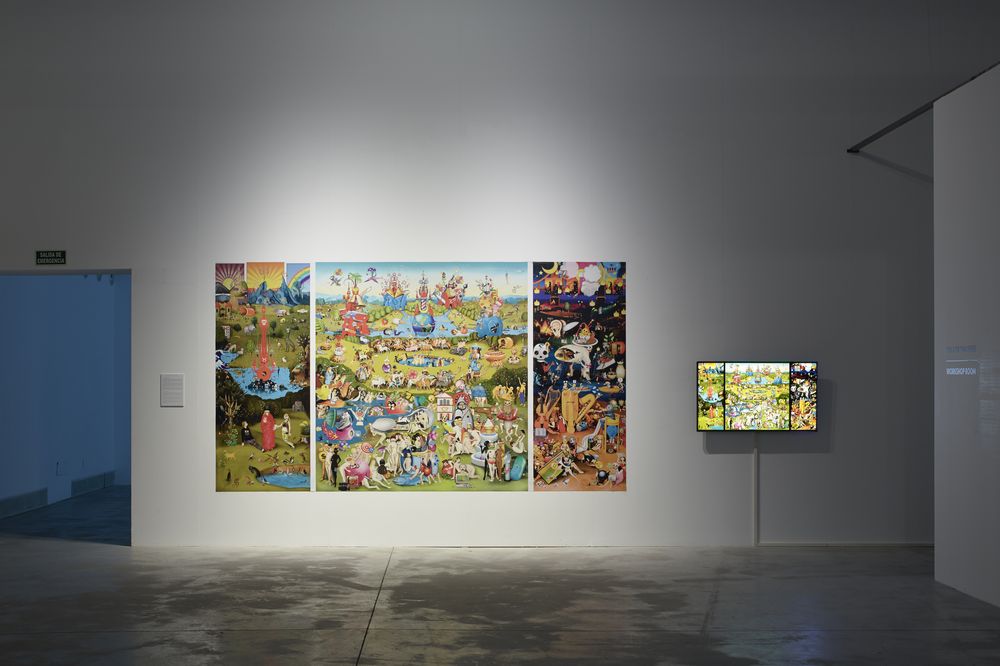
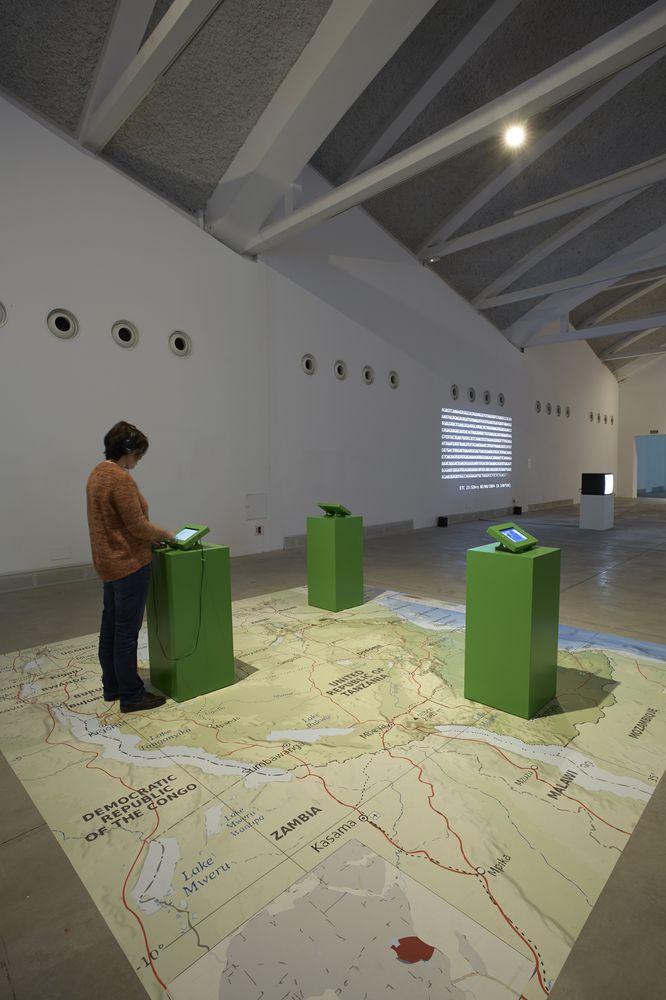
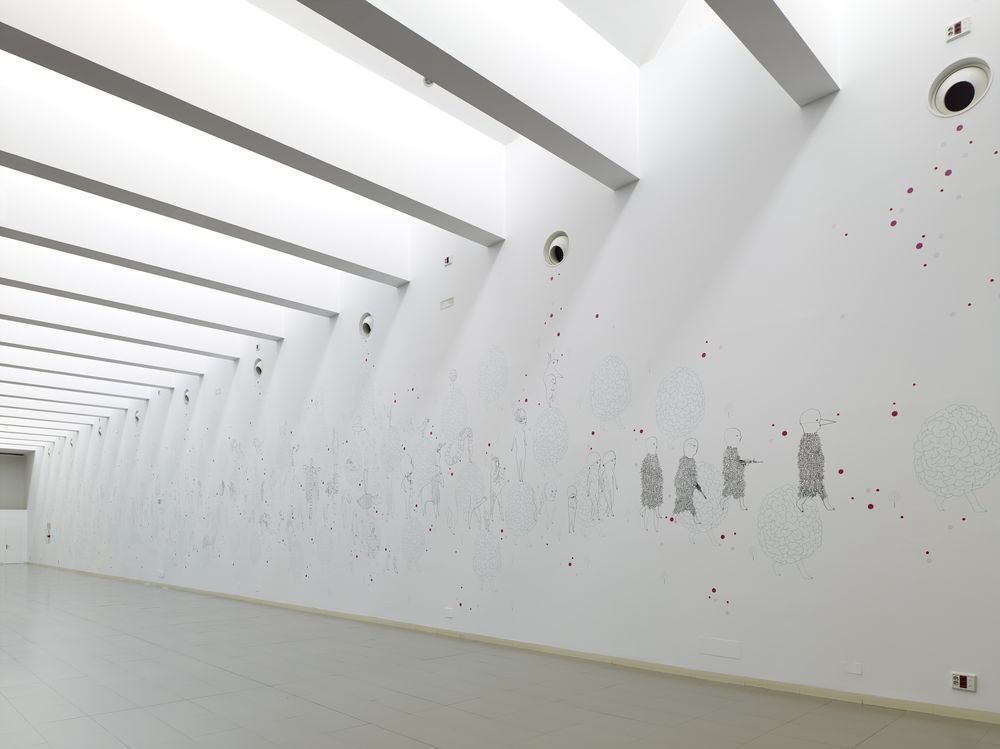
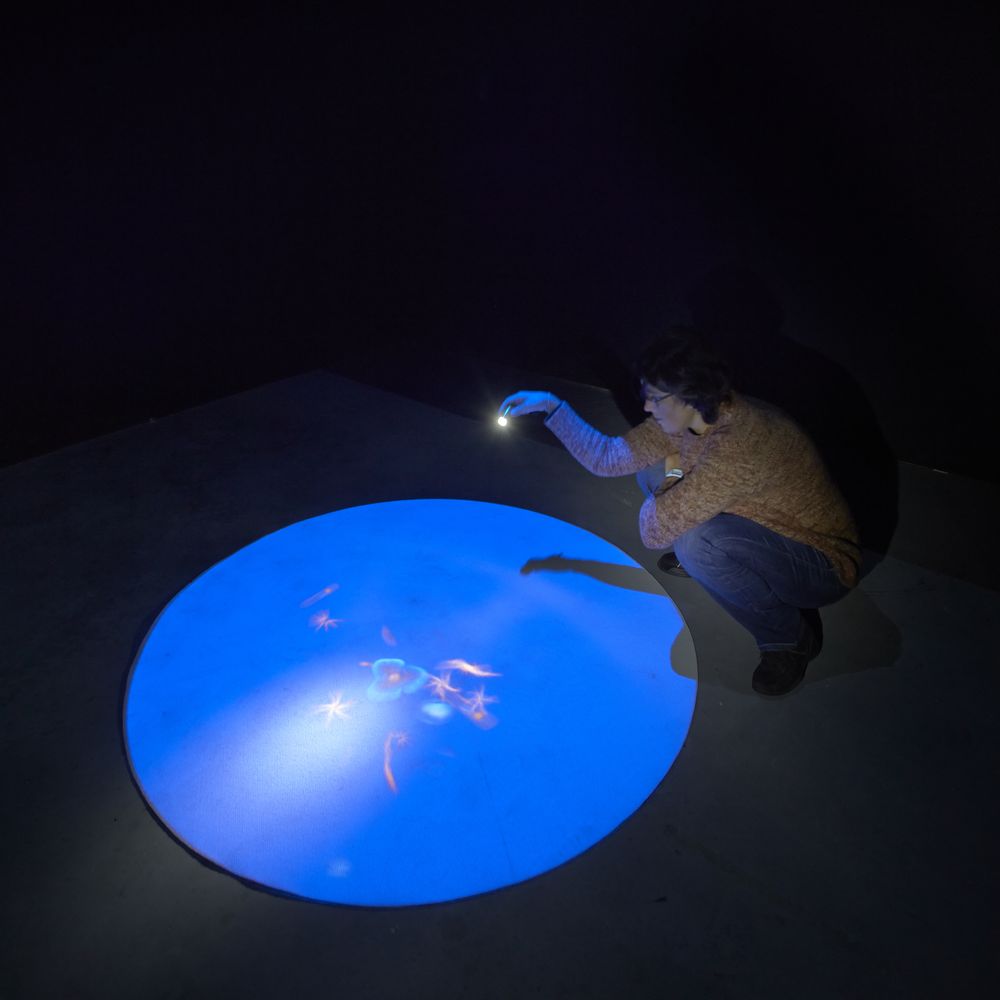
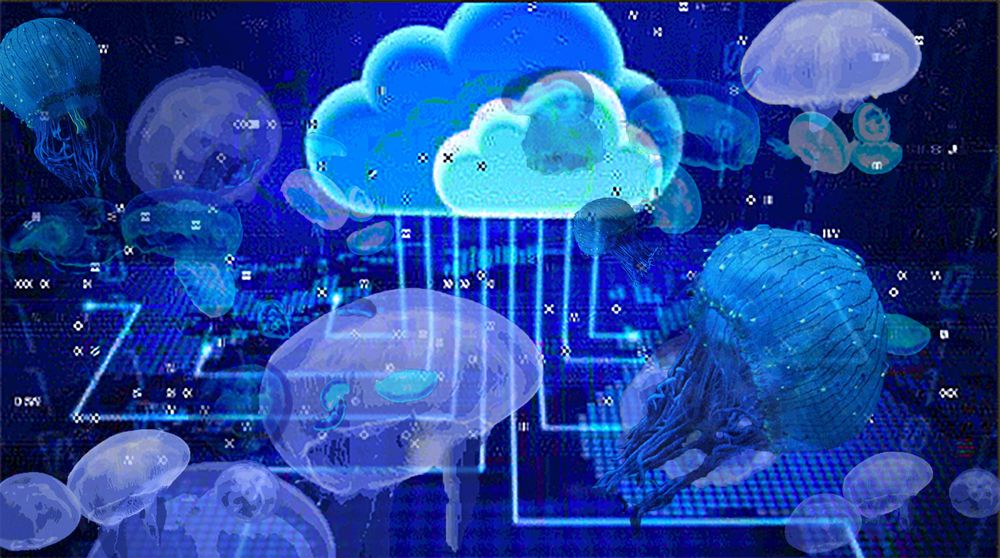
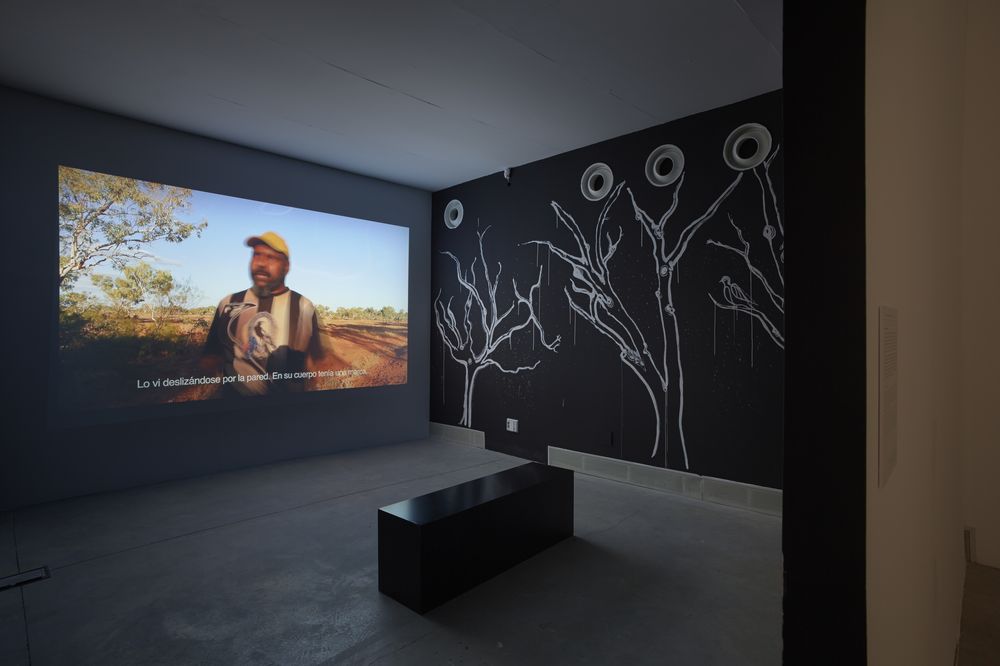
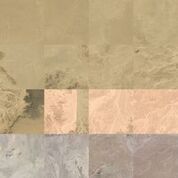
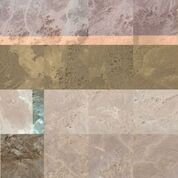
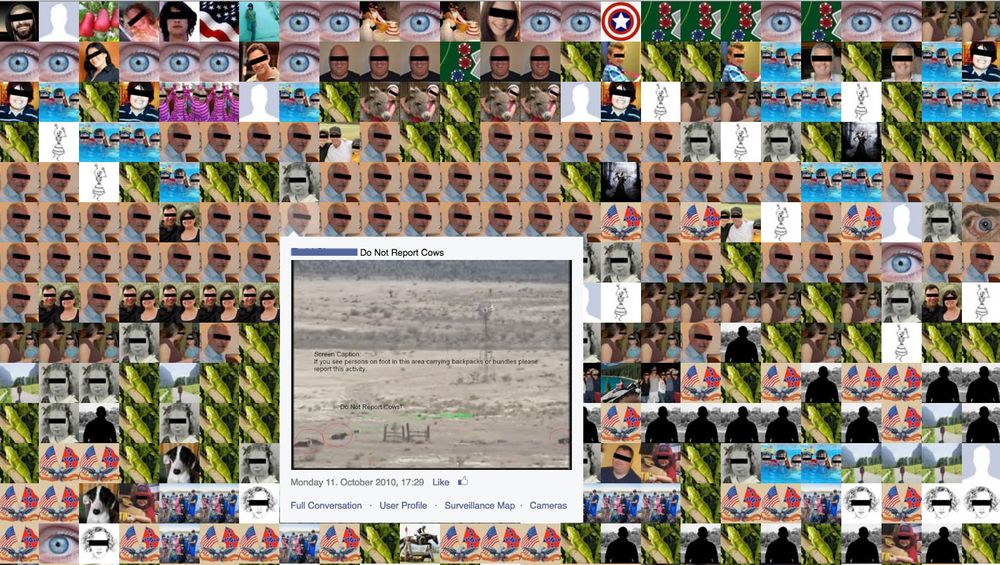
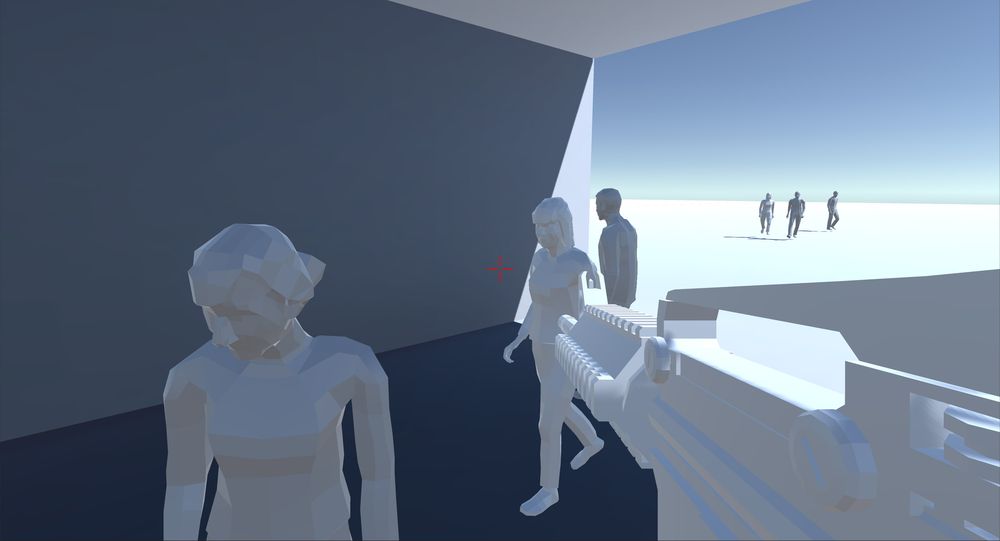
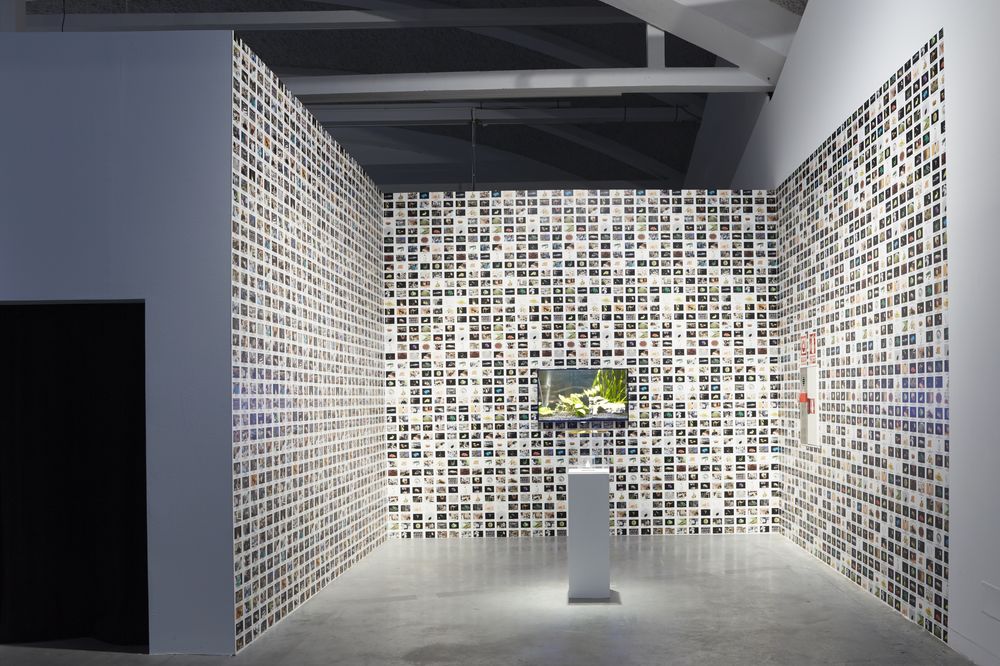
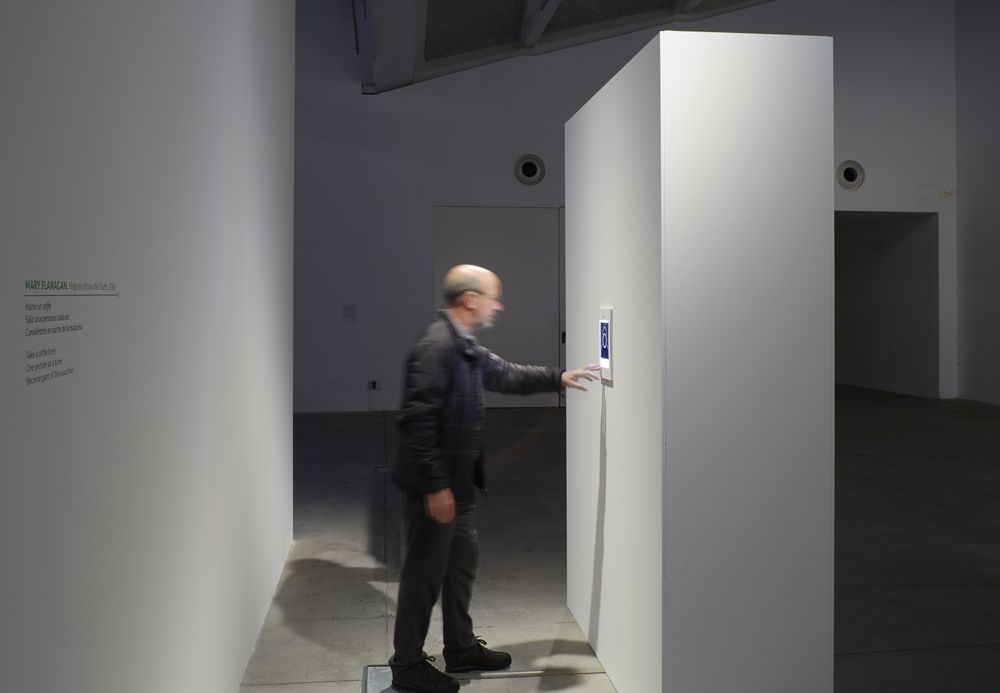
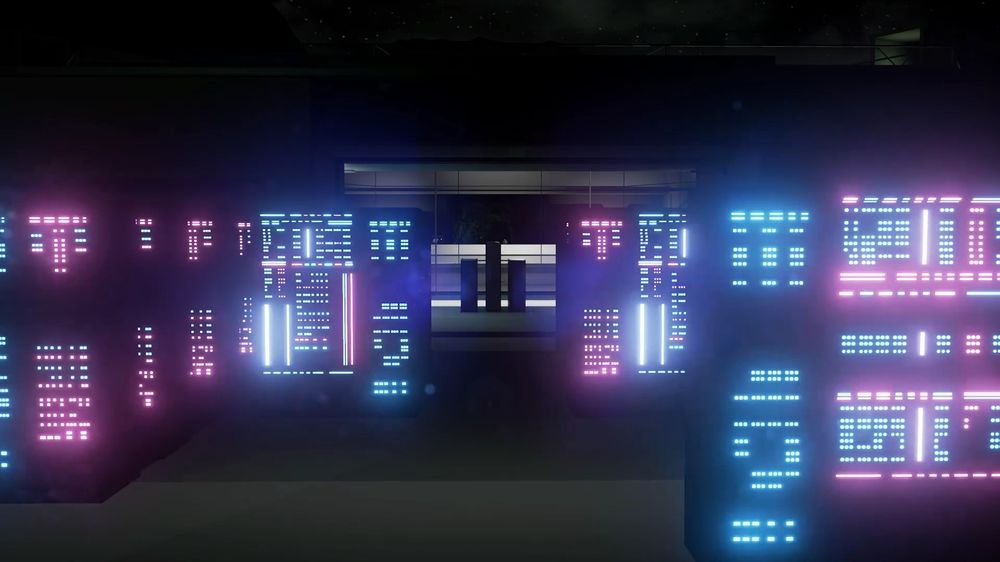
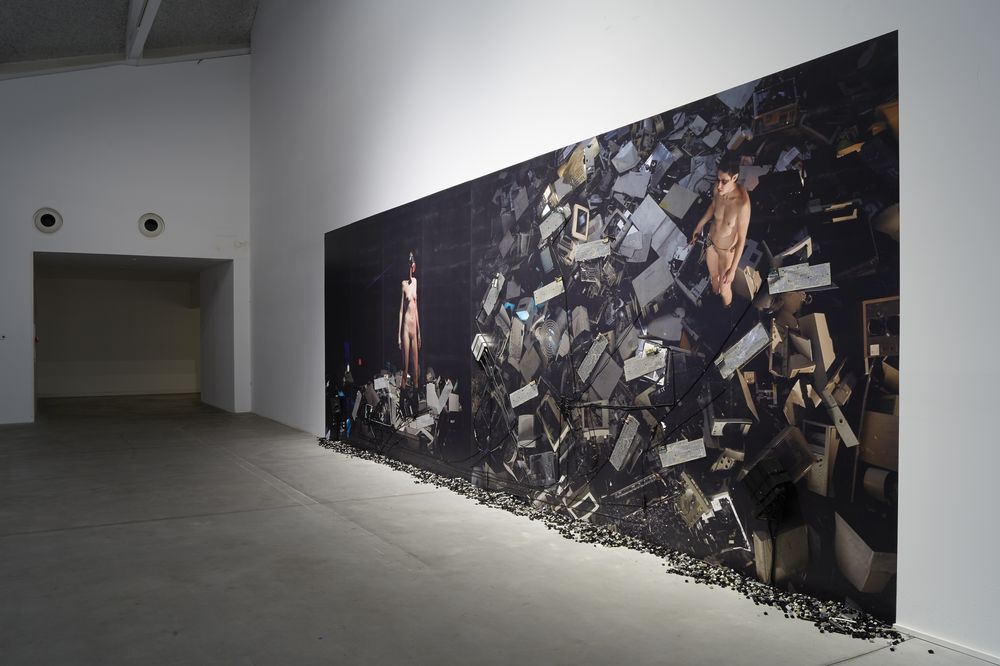
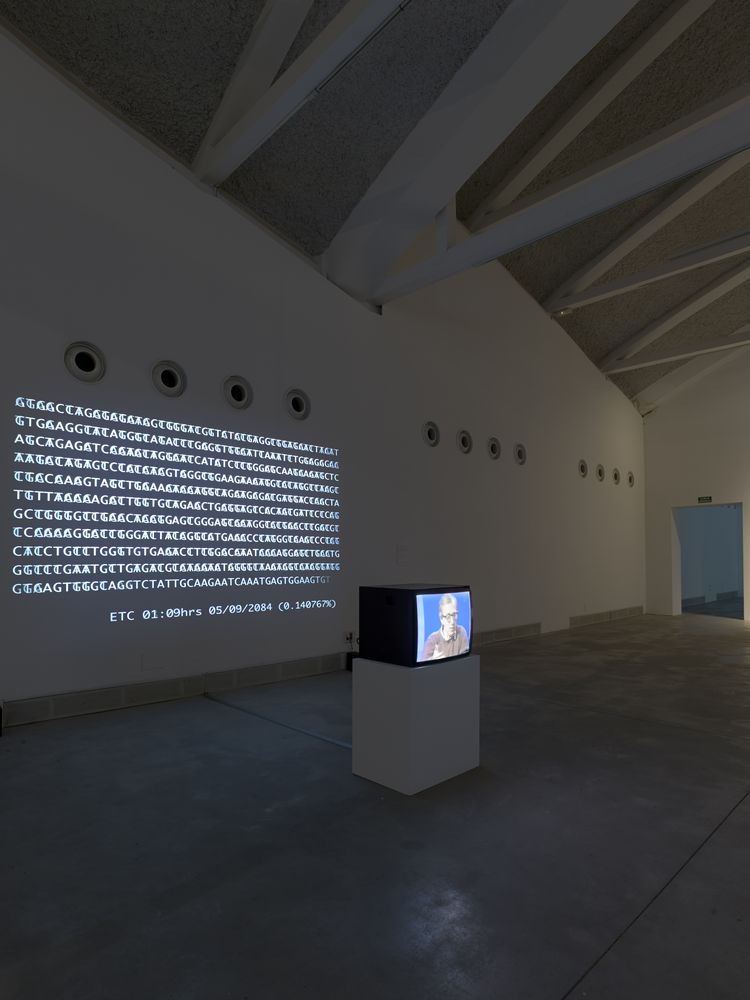
MONSTERS OF THE MACHINE
Exhibition
Gijón
18.11.2016 – 31.08.2017
La Cura
Exhibition
21.09.2017 – 13.01.2018
Monsters of the Machine is a contemporary take on Mary Shelley’s Frankenstein and asks us to reconsider her warning, that scientific imagining and all technologies have unintended and dramatic consequences for the world.
(Source: The Practice of Art and Science, p. 250)
In this exhibition, visitors experience artworks in which the human genome is used as the basis for a poetry machine that plays back a self-assembling video montage spanning the thirteen years it took to complete the first documented human DNA sequence in the Human Genome Project. It is both a memorial to and an algorithmic visualization of a historic scientific landmark. 3D printed avatars, representing bodies distorted in pain in relation to virtual worlds, where there‘s no geography and the result is the crack / wound, everywhere and nowhere. Visitors participate in a software-driven installation, a performative social neuroscience experiment to discover our shared psychological biases. A surreal video installation shows us a dystopian blend of “reality” out in the remote Australian desert with traditional ghost stories and dreamtime stories, mixed with science fiction. The Sahara Desert is remapped by a custom bot in an algorithmically scripted performance, traversing the data-scape of Google Maps and filling a Tumblr blog and its data centers. Artists take our bio-matter and the inconceivable quantities of data that we generate in our daily lives as materials with an inherent recombinant intelligence and the power to generate (without the intervention of human will) the narratives of human destiny and more. Do we inhabit our own bodies anymore, or do we share our body materials out for others to measure, reshape, and construct, data-scrape and manage remotely? Arthur Kroker in Body Drift: Butler, Hayles, Haraway says that, “we no longer inhabit a body in any meaningful sense of the term but rather occupy a multiplicity of bodies—imaginary, sexualized, disciplined, gendered, laboring technologically augmented bodies.” 1,2
Artists and scientists work with the same tools, frameworks, and archetypes. There are crossovers, it’s no surprise that we find the boundaries of imaginative fantasy and objective reality breaking down. Take for instance, the jellyfish invasions around nuclear reactors in Japan, Israel, Sweden, and the Scottish plant in Torness. The natural world is writing its own science fiction into a new reality, with vivid images and outlandish outcomes. Right now, the classic techno-utopian dream of computers liberating us all and providing the tools that will underpin global democratization, seem a long way off and even somewhat sterile. Since the news stories broke of mass surveillance of Internet users by NSA and Prism, we’ve experienced new formulations of mutual surveillance and manipulation everyday. So now we stand on the edge of a precipice: What choice do we have but to jump into this sea of dysfunctional dystopias, and to directly observe for ourselves what we have become and what we will be—the Monsters of the Machine.
Source: http://www.laboralcentrodearte.org/en/ exposiciones/monsters-of-the-machine The exhibition draws upon ideas from Marc Garrett’s essay “Prometheus 2.0: Frankenstein Conquers the World!”. http://www.furtherfield.org/features/ prometheus-20-and-our-god-complex
1 Kroker, Arthur (2012). Body Drift: Butler, Hayles, Haraway (Posthumanities). University of Minnesota Press: Minnesota.
2 See Garrett, Marc (15.08.2015). “Body Drift: Butler, Hayles and Haraway.” Review. http://www.furtherfield.org/features/reviews/ body-drift-butler-hayles-and-haraway
(Source: The Practice of Art and Science, p. 250-251)

